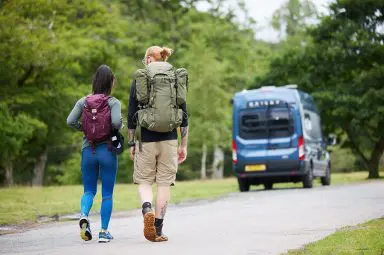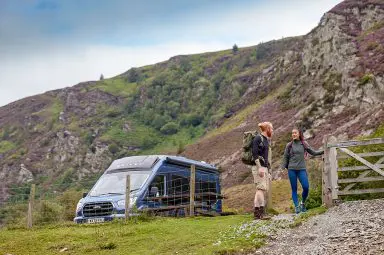How Much Have Caravans Changed in 50 Years?
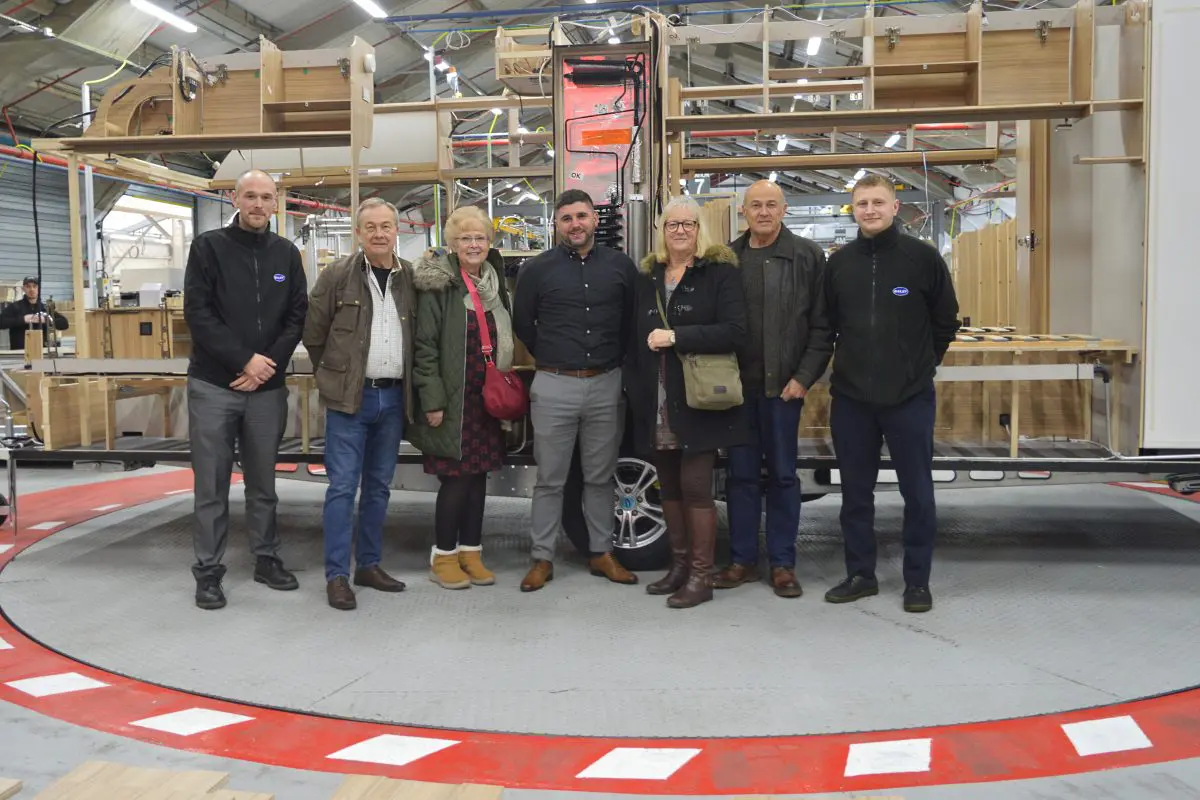
Martin Bailey started his career as an apprentice cabinet maker at A. G. Farmers in Bristol, where he trained to become a fully qualified carpenter joiner. Following World War II, he was then seconded to the Bristol Aeroplane Company, where he learned new sheet metalworking skills working on planes such as the Bristol Blenheim and Bristol Beaufort. After the war, Martin returned to his trade as a cabinet maker and set up his own joinery business producing furniture. His career path took a different turn when a neighbour asked for his assistance in building a caravan in his backyard. After this successful trial, Martin quickly realised that he had all the engineering skills necessary to design and manufacture caravans on a commercial basis and the premises in which to build them.
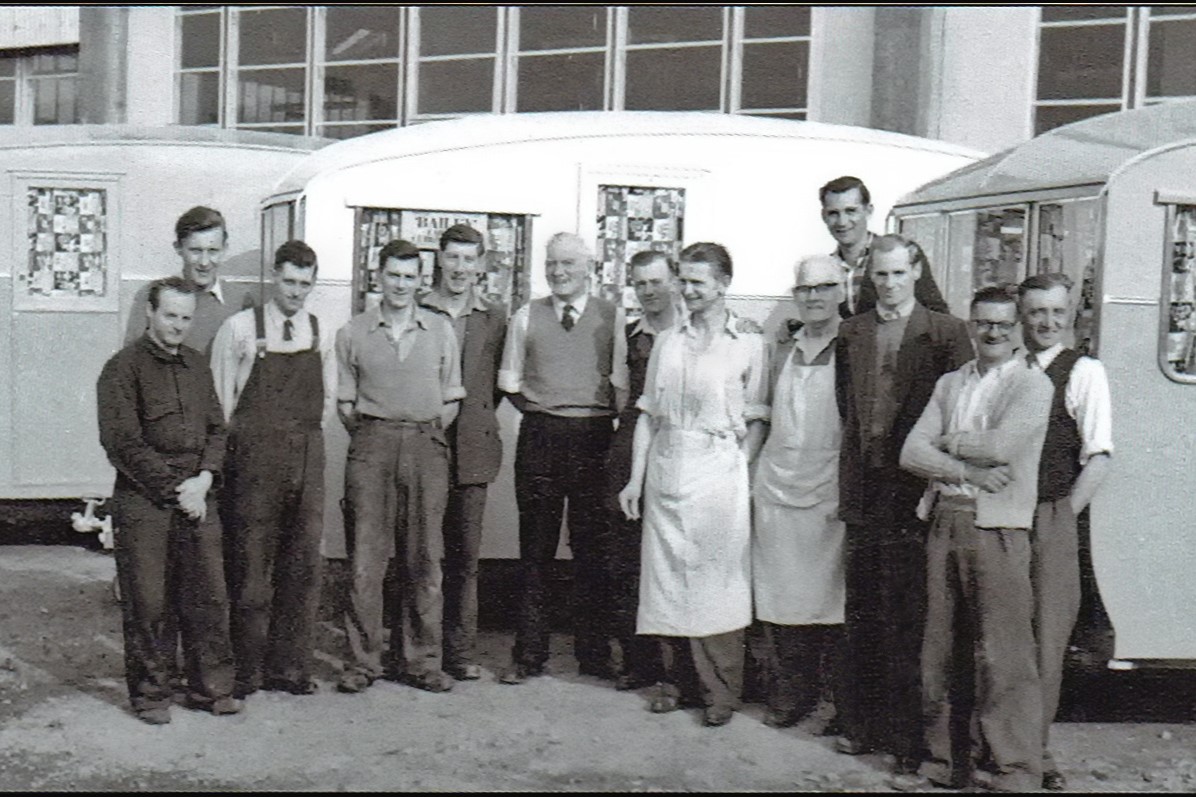
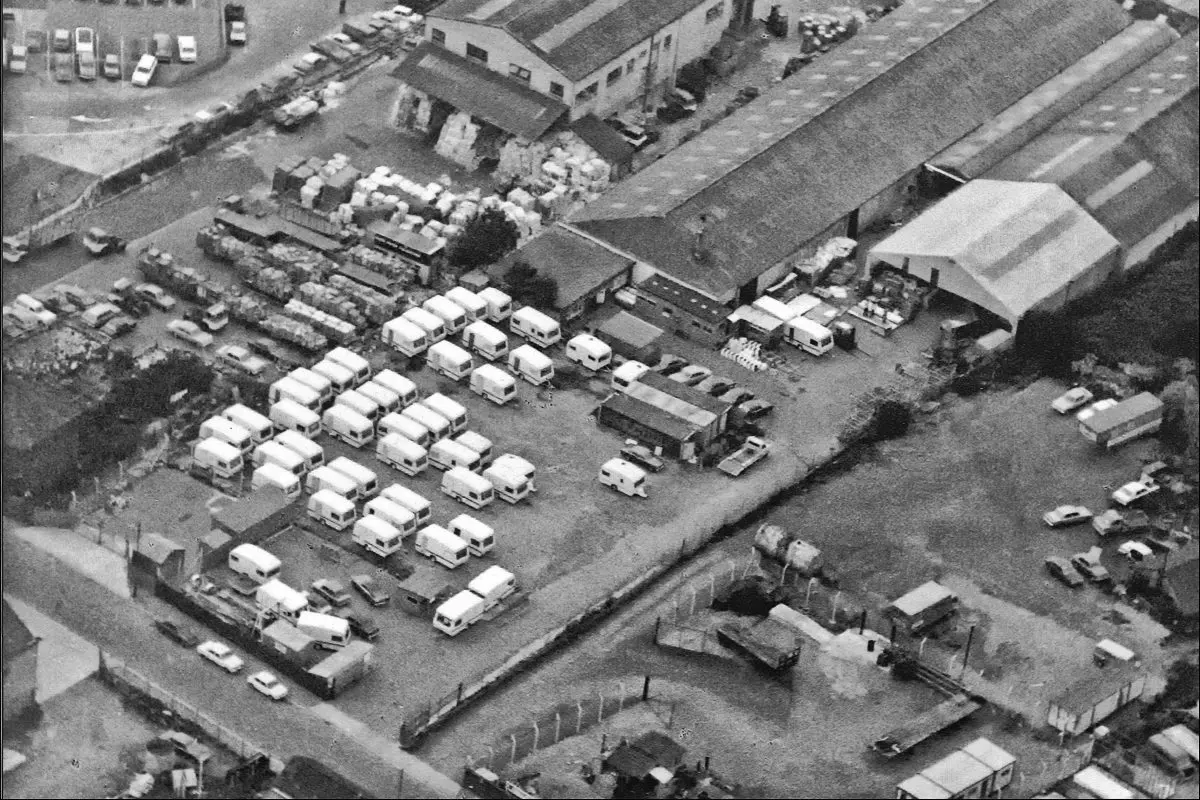
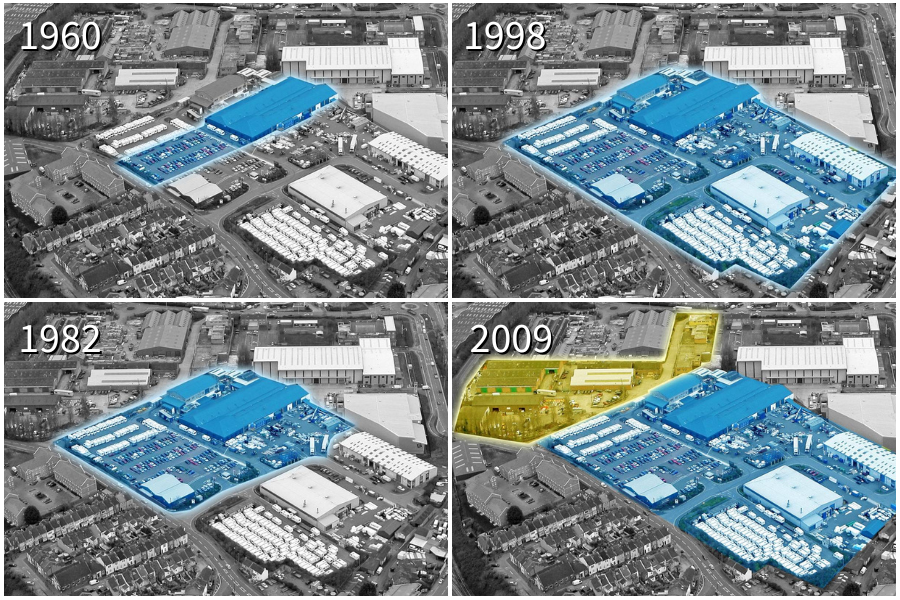
He built the first Bailey caravan, the Maestro, in 1947 and sold it at Ashton Gate market, now Ashton Gate stadium, in South Bristol for the sum of £200. A year later, F. G. Bailey Ltd was formed and went into operation, initially producing two caravans per week. Growth in car ownership in the 1950s meant demand for caravans increased rapidly, and the company continued to expand, eventually outgrowing its original premises, and relocating to its present address on South Liberty Lane in 1960.
Like all iconic family businesses, Kay actively participated in her father’s business from a young age. Initially helping her mother, Joan, with administrative tasks, such as arranging money in the pay packets, putting stamps on envelopes, and making tea during school holidays, Kay later progressed to being involved in major exhibitions in Earls Court and Olympia. In addition, Kay would also visit dealers and sites with the marketing manager to promote the caravans and even venture abroad to visit International Bailey Retailers and Distributors across countries such as the Netherlands and Canada. As a lifelong caravanner, Kay fondly remembers her early experiences working at Bailey and travelling with her parents in their Bailey caravan to their favourite site at Shaldon in South Devon.
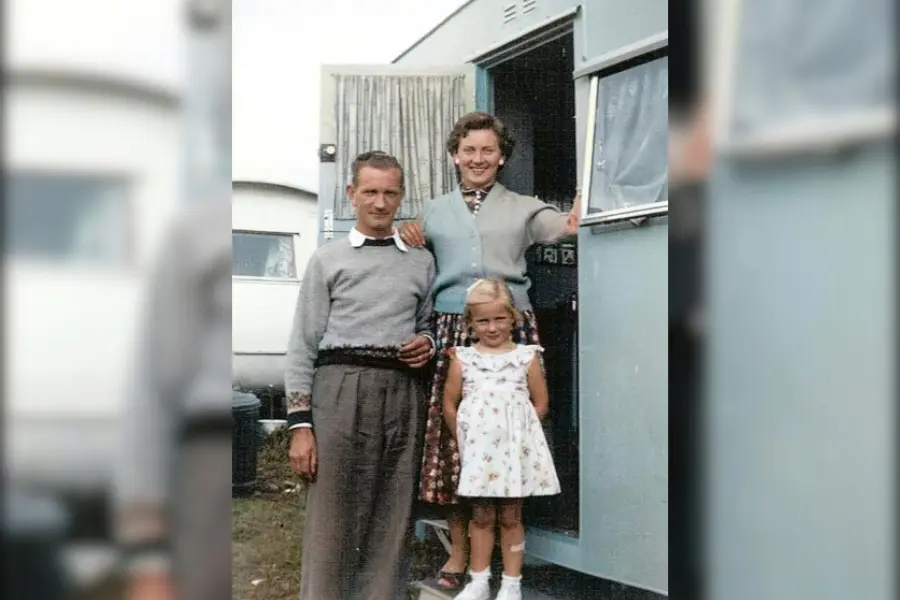
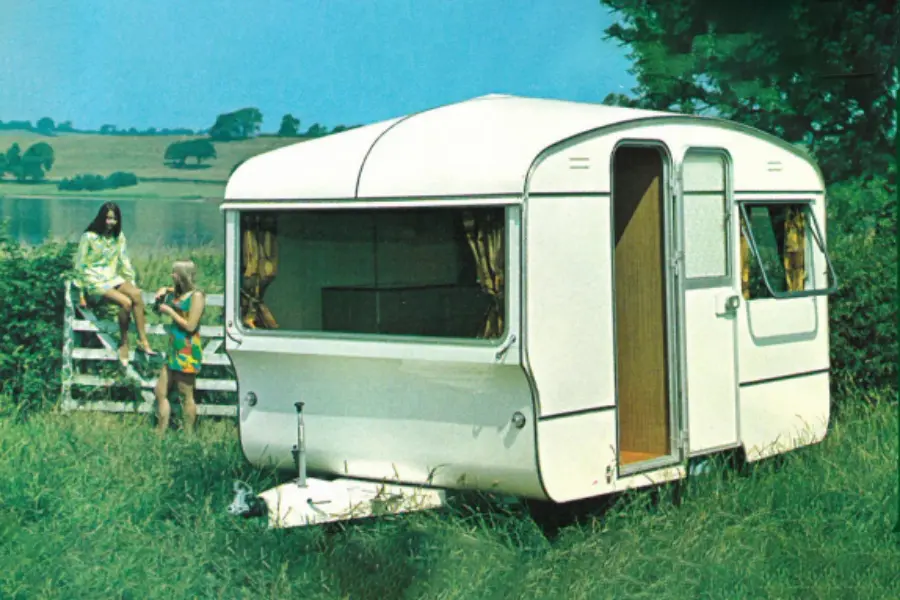
Reflecting on her fond memories of working at Bailey since her last visit before her parents sold the business, Kay recognised how much things have changed. The last time Kay visited, there was one main building that was attached to the office block. From employing 20 to 30 individuals and manufacturing approximately 100 caravans annually, the company has evolved to employ over 650 employees across three separate sites, constructing over 1,500 Bailey caravans, motorhomes, and campervans, combined annually. Most notably, Bailey’s manufacturing process has transitioned from manual labour and everything being ‘done by hand’ to sophisticated machinery designed to make the production process easier, faster, and built on a larger scale.
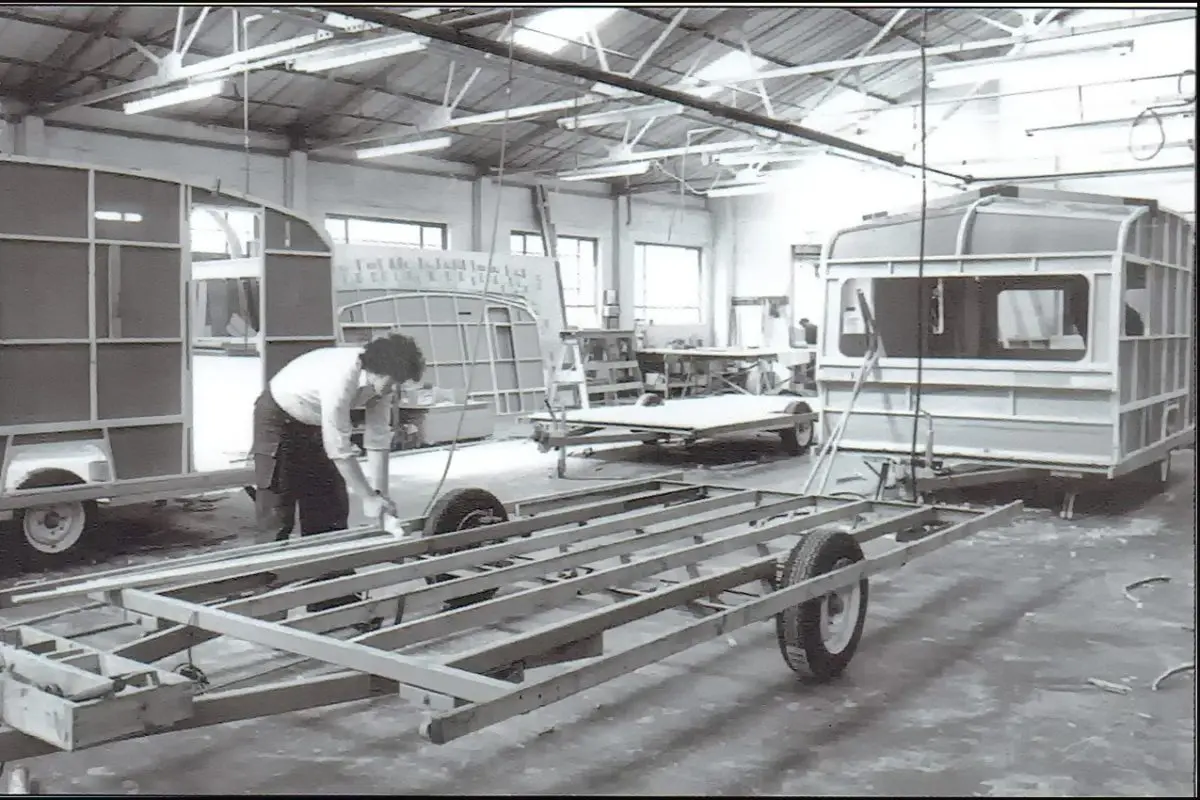
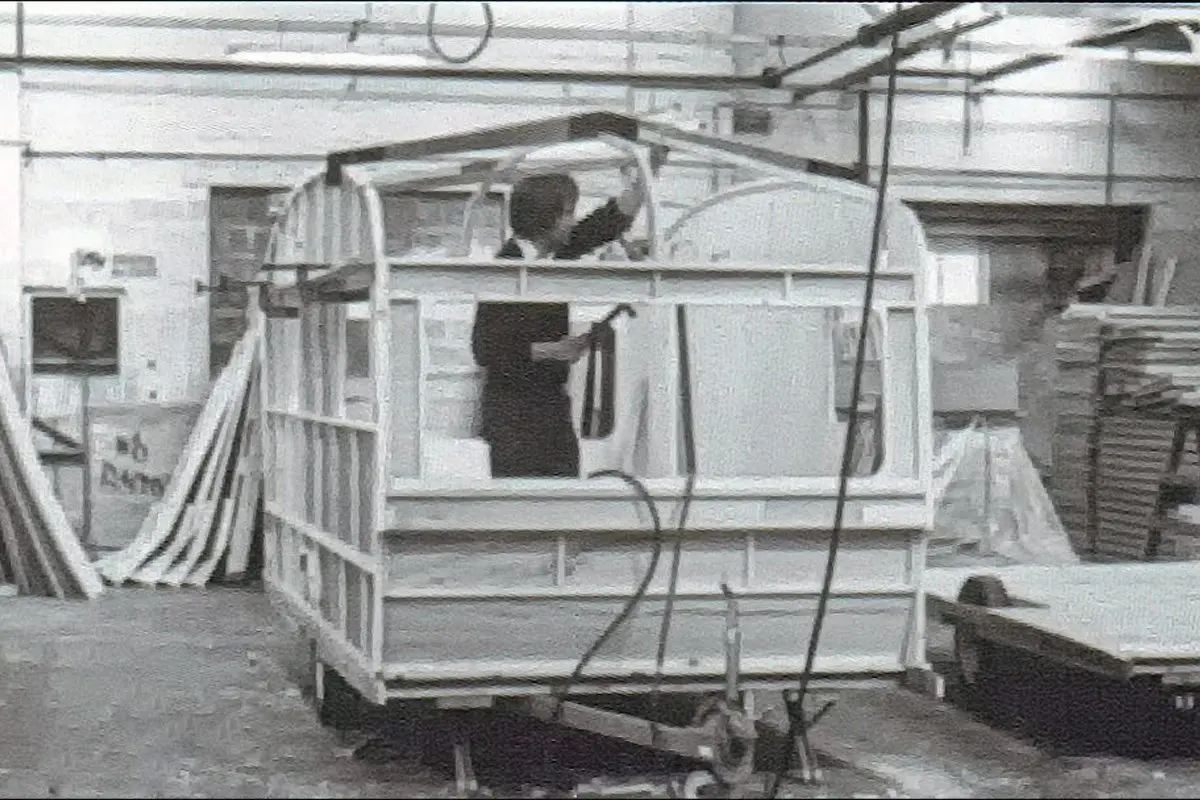
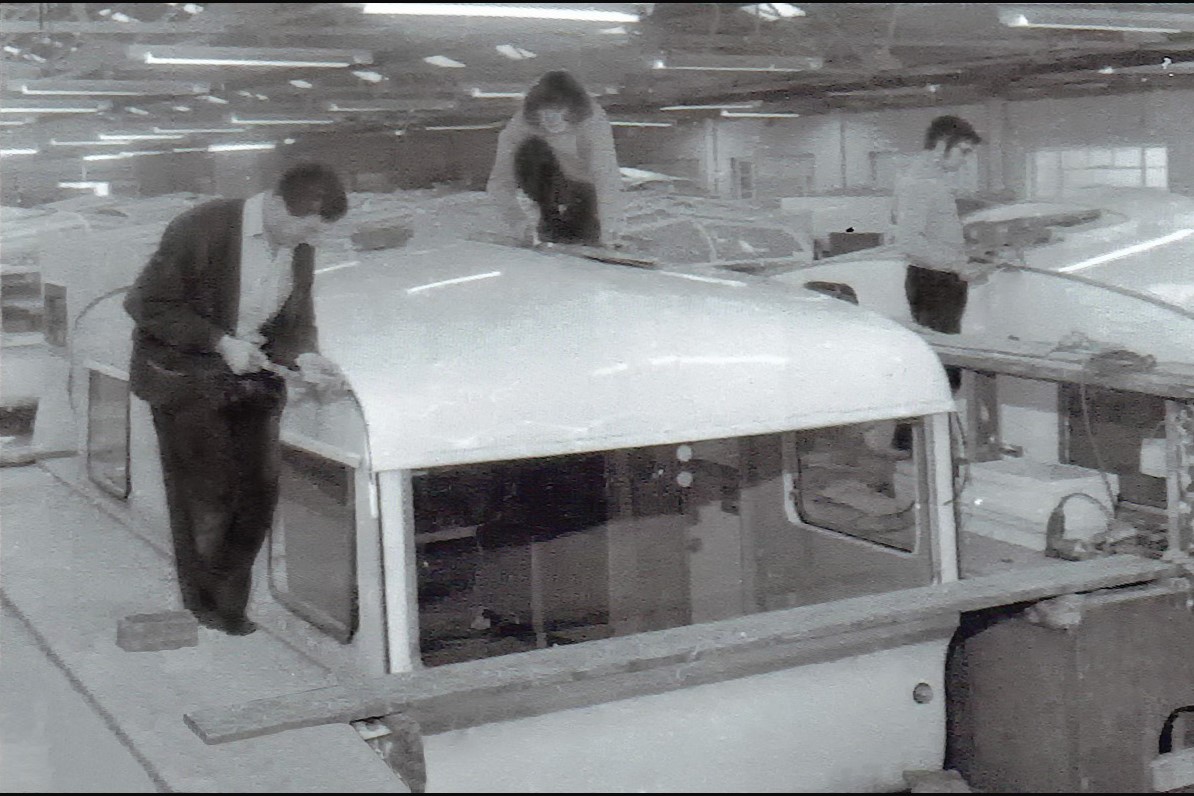
In 1977, Patrick and Stephen Howard acquired the company and Bailey has been owned by the Howard family ever since. In almost 50 years, Bailey has not only grown exponentially as one of Europe’s largest manufacturers but is currently accounting for approximately one in three new caravan sales. In 2011, Bailey expanded its product offering with the introduction of motorhomes, with the Approach SE, and as of 2023, they now manufacture campervans, with their first range being named Endeavour.
In 2023, coinciding with Bailey’s ’75 Years & Counting’ Anniversary, Kay and Phil collected their new 8ft wide Bailey Alicanto Grande Evora caravan from Chipping Sodbury Caravans, exchanging their previous 4 berth caravan, a Bailey Unicorn Cabrera. Sadly, Martin passed away twenty years ago, but Kay’s mother, Joan Bailey, attended to mark the momentous occasion.
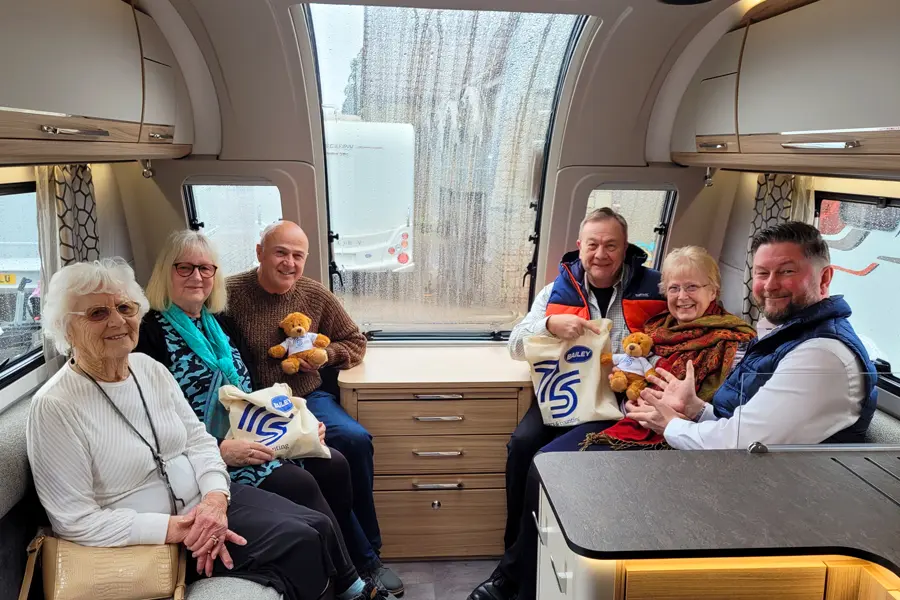
Latest news & events
See all news & eventsChipping Sodbury Spring Sales Event
BADMINTON ROAD, CHIPPING SODBURY, BRISTOL
West Country Motorhomes Open Weekend
BRISTOL ROAD, BRENT KNOLL, HIGHBRIDGE, SOMERSET
Swindon, Oxford and Reading Caravan and Motorhome Centre Easter Sales Event
GREATFIELD, ROYAL WOOTTON BASSETT, WILTSHIRE
Grantham's Midlands Caravan & Motorhome Season Ready Show
SPITTLEGATE LEVEL
GRANTHAM
